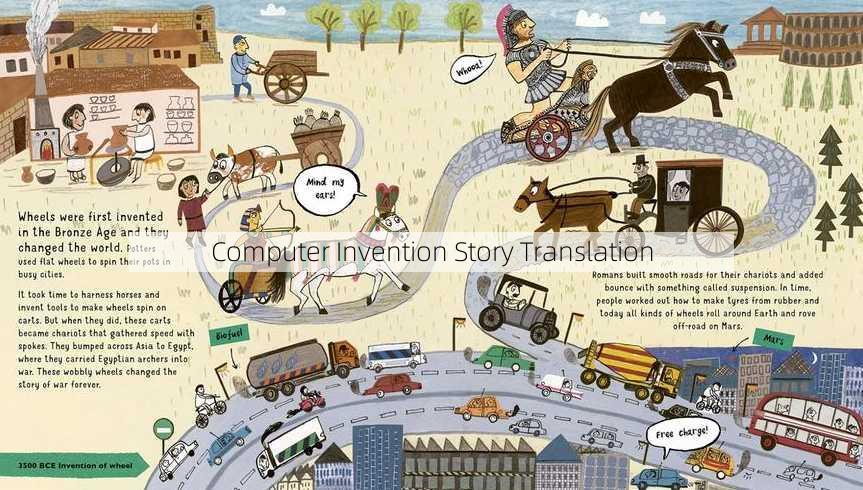| ** | Computer Invention Story: A Brief Timeline | |
|---|---|---|
| Introduction | The story of the computer's invention is a fascinating journey that spans several centuries, involving numerous inventors and groundbreaking ideas. This table provides a brief timeline of key milestones in the history of computer invention. | |
| 1654 | Blaise Pascal, a French mathematician, engineer, inventor, and philosopher, constructs the first known mechanical calculator, the Pascaline. This device can perform basic arithmetic operations. | |
| 1673 | Gottfried Wilhelm Leibniz, a German mathematician and philosopher, improves upon Pascal's design, creating the first calculator capable of performing all four arithmetic operations. This calculator is known as the Leibniz wheel. | |
| 1822 | Charles Babbage, an English mathematician, engineer, and inventor, designs the Difference Engine, the first machine capable of calculating mathematical tables. Although it was never completed, it laid the foundation for the concept of a programmable machine. | |
| 1834 | Ada Lovelace, an English mathematician and writer, publishes what is considered the first algorithm intended for implementation on a machine. She worked on Charles Babbage's Analytical Engine, which was a mechanical general-purpose computer. | |
| 1837 | Charles Babbage presents his design for the Analytical Engine, which is considered the first design for a programmable computer. However, it was never built during his lifetime. | |
| 1884 | Herman Hollerith, an American inventor, patents the Hollerith tabulator, a mechanical device used for processing punched cards. This was a significant step towards automated data processing. | |
| 1936 | Alan Turing, a British mathematician, logician, and cryptanalyst, publishes a paper on the concept of a universal machine, which is the theoretical foundation for the modern computer. | |
| 1941 | Konrad Zuse, a German engineer and architect, builds the Z3, which is considered the first programmable computer that used binary floating-point arithmetic. | |
| 1946 | The ENIAC (Electronic Numerical Integrator and Computer), designed by John Mauchly and J. Presper Eckert, is completed. It is the first general-purpose electronic digital computer. | |
| 1951 | The UNIVAC I, the first commercial computer, is introduced by J. Presper Eckert and John Mauchly. It is a stored-program computer, which means it can store and execute instructions. | |
| 1960s | The development of integrated circuits revolutionizes computer technology, leading to smaller, faster, and more powerful computers. | |
| 1971 | Intel introduces the first microprocessor, the Intel 4004, which is a key component in the development of modern personal computers. | |
| 1981 | IBM introduces the IBM PC, which becomes the standard for personal computers and leads to the widespread adoption of computers in homes and businesses. | |
| Conclusion | The journey from Pascal's mechanical calculator to today's advanced computers is a testament to human ingenuity and the relentless pursuit of innovation. Each milestone in this timeline represents a significant step forward in the evolution of computing technology. |



文章版权声明:除非注明,否则均为知行网原创文章,转载或复制请以超链接形式并注明出处。
